Outside housing:
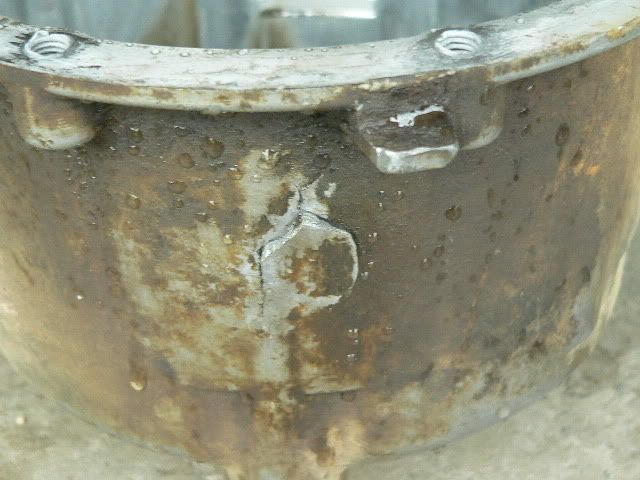
Inside housing:
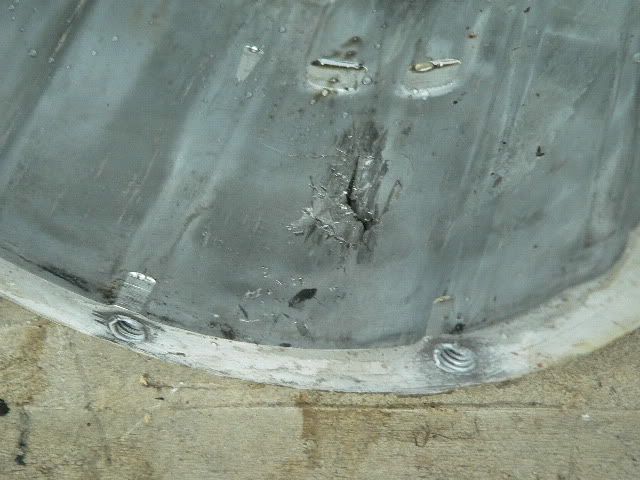
Pinion:
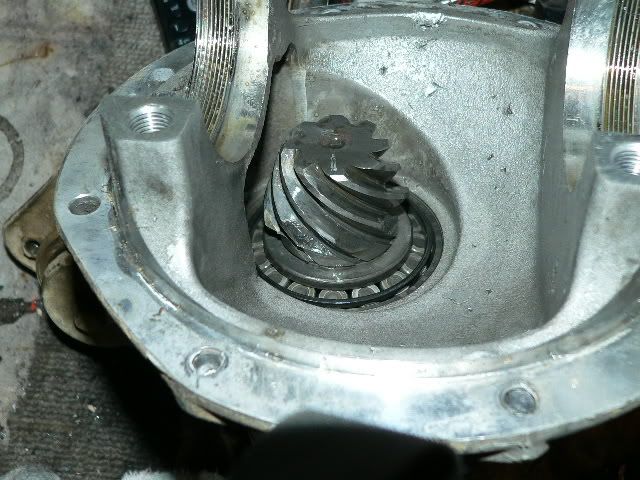
Ring gear:
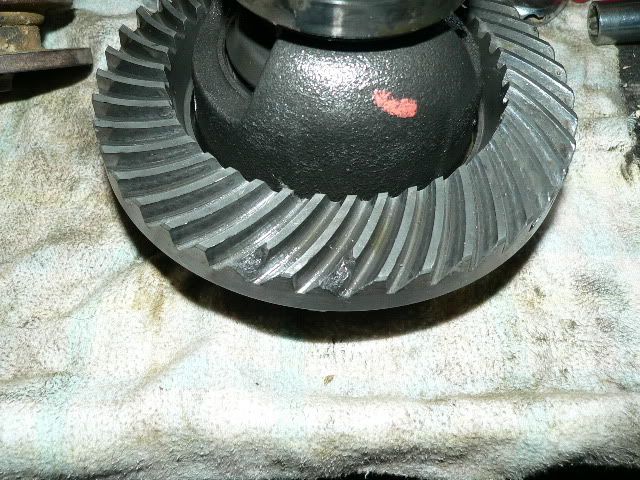
Spare bits swimming around inside:
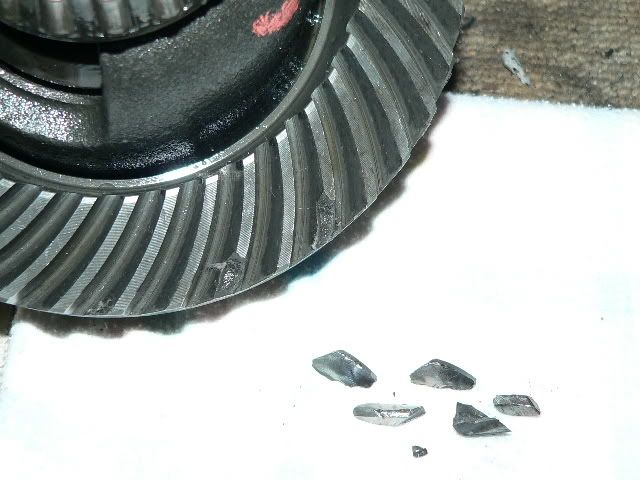
What is likely to have caused this?





lneil wrote:Thanks.
Standard open 5.12:1 factory Escudo manual front end, not carrying any excessive shock loadings that I was aware of on that trip. Done about 125,000 kms.
The diff' has never been apart since we've had the truck (2 years, with plenty of hard use). I have never understood diff's so just regularly changed the oil and left it at that. I guess I'll have to learn how to set them up so I can adjust them regularly then!
I might have to pick your brains Richard when I get a new housing, and rebuild this one as a spare.
Flash2004 wrote:
I'd also totally disagree with pulling your diff once a year too, the most damage to replacement diffs is caused by abuse (as in my case) or by a poorly set up diff. Once its set up properly though, its done. No need to ever do it again if you got it right and few do unfortunately because its almost a lost art. Modern diffs just never die in normal use. Just keep the oil clean forever after.
Flash2004 wrote: xx snip xx
I'd also totally disagree with pulling your diff once a year too, the most damage to replacement diffs is caused by abuse (as in my case) or by a poorly set up diff. Once its set up properly though, its done. No need to ever do it again if you got it right and few do unfortunately because its almost a lost art. Modern diffs just never die in normal use. Just keep the oil clean forever after.
tallsam66 wrote:I think they are just a weak diff....they were never designed for real serious 4wding...if they werethey wouldnt be alloy.
Slip in some hilux diffs...youll never break one of those in ya susuki.
Bulletproof wrote:Flash2004 wrote:
I'd also totally disagree with pulling your diff once a year too, the most damage to replacement diffs is caused by abuse (as in my case) or by a poorly set up diff. Once its set up properly though, its done. No need to ever do it again if you got it right and few do unfortunately because its almost a lost art. Modern diffs just never die in normal use. Just keep the oil clean forever after.
I agree that under normal conditions once a diff is set up it should last for years, even the life of the truck.
The problem is that most diffs today have collapsible spacers on the pinion instead of the solid spacers and shims to hold the correct preload on the pinion. Four wheel driving subjects the diff to extremes and a diff under load only has to hit a rock on the flange and the collapsible spacer comes loose and with no preload on the pinion the diff is now ready to self destruct.
That is why many four wheeler fit solid spacers and shims. The Stockton Coal mine is doing this to all their trucks.
Cheers Richard
Bulletproof wrote:Flash2004 wrote:
(deleted) ....a diff under load only has to hit a rock on the flange and the collapsible spacer comes loose and with no preload on the pinion the diff is now ready to self destruct.
Cheers Richard
Flash2004 wrote:Bulletproof wrote:Flash2004 wrote:
(deleted) ....a diff under load only has to hit a rock on the flange and the collapsible spacer comes loose and with no preload on the pinion the diff is now ready to self destruct.
Cheers Richard
I'd like you to think really hard about that statement Richard. Of course the flange could take a hit, but to claim it could/would loosen the preload in some way without first bending or breaking off the pinion shaft is a very big statement. I've thought about it, and I say its an old wives' tale.
wopass wrote:put some belzona over the hole to stop oil leaking out, grind the jaged edges off the teeth to take and cracks and stress risers out, then bang it back in with some nice new oil and carry on for another couple years while you find another one for a spare
done that before ...it was a 40 series diff tho
Flash2004 wrote:In the face of such compelling logic, who are the differential designers and manufacturers to specifiy any different? What would they know anyway. What would highly trained, qualified and paid transmission technicians who make it their business to completely understand the workings and stresses involved know about it. What would you do with the extra 20 engine horsepower that it would take to drive a needlessly overtightened pair of diffs anyway?
The only meaningful thing any Joe Bloggs can do to try and save his diff from overload failure is to drive correctly and keep power inputs and shock loadings (which are what do the damage) within its mechanical limits. It may be possible to reduce the tooth backlash to a minimum if your crownwheel is absolutely true and in off road applications where heat buildup - which is what the backlash is also designed to accommodate - is not an issue. The fact that you have never blown one to date Richard, which is a pretty good record, probably stems more from your awareness of the overload situation with your big tyres than through any mechanical thing you've done. If you drive yours any continuous distance, I'd say you could use your diff housing for a cigarette lighter if you have it that much overpreloaded.
Don't forget the old saying "if all else fails, read the book!"
Bulletproof wrote:
(deleted) ....a diff under load only has to hit a rock on the flange and the collapsible spacer comes loose and with no preload on the pinion the diff is now ready to self destruct.
Cheers Richard